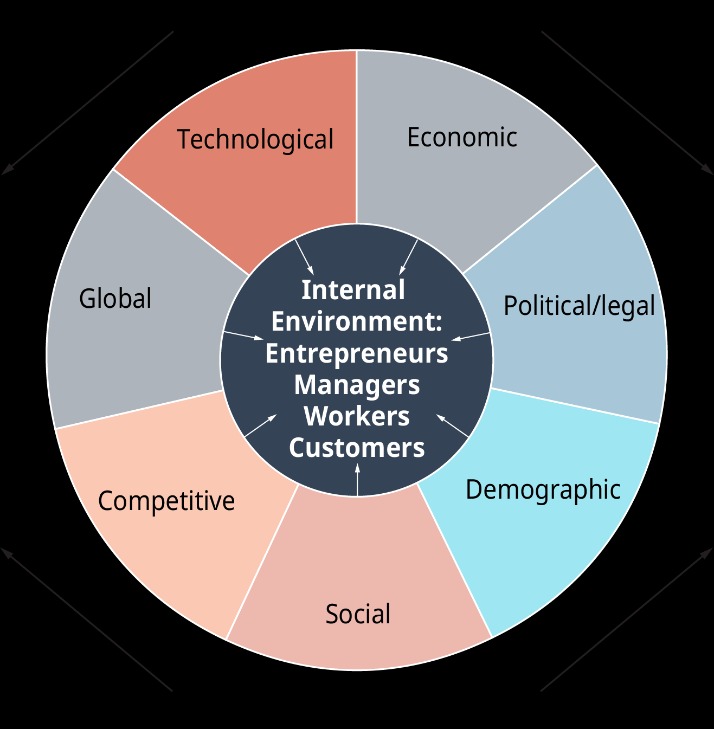
We are dedicated to updating Divi so that its features evolve alongside current web design best practices. Our marketplace, too, is filled with child themes, extensions, and design packs created by skilled developers from our community that can help you stay on top of best practices. By following these guidelines, you can create a website that is visually appealing, interactive, and effective in achieving your goals. Keeping your website up to date is essential for maintaining its relevance, accuracy, and value.

The best way to welcome users is by providing a clear explanation of your site’s offerings and a distinct starting point for navigation. Treat your homepage as an elevator pitch to prospective customers, quickly and clearly conveying what your organization does and what users can accomplish on your site. Don’t make people guess — studies indicate that failing to communicate a site’s purpose at a glance causes potential customers to abandon the site. This article outlines 5 fundamental principles for homepage design, each accompanied by practical guidelines, aiming to provide clear direction on crafting effective homepages. With A/B testing, you create two variations of a web page to be navigated by real users. You need to use specialized tools like Optimizely, VWO, AB Tasty, etc.
What are the 7cs of website design?
The 7C’s of Website Design stand for Creativity, Consistency, Clarity, Content, Continuity, Compatibility and Customisation. These 7 steps provide you with a foolproof process for creating the best website design for your business.
Five Great WordPress A/B Testing Tools to Optimize Conversion Rates
If you know who the target market is and create a user-friendly design, the development stage will be a lot less challenging. It would be a great help for businesses if they know what to do as a part of a web development activity. A proposed web development best practices will help businesses in understanding what to do and what not to. Here are some of the best practices that will help in the development phase as well as in other planning stages to excel their way to web projects. The standard web development is inclusive of front-end and back-end technologies that are used in web apps.
No website design is complete without some proper optimization. King amongst best practices, making sure your site is Google-friendly is vital for Internet success. The key to good website design is to start with a solid foundation. Website analytics platforms provide a ton of essential insights you can use to measure and improve site performance. Loading speed is a key ranking factor—your site must load fast if you want to rank on Google.

Navigation
- Choose either fade, flip up, or zoom effects to easily add animation to your pages.
- When someone hits the buy button, they go straight to the Stripe checkout page.
- Artificial intelligence is now taking things to the next level.
- Web design beginners and pros alike can benefit from a template.
When a site is displayed correctly and adjusts the size of its design elements according to the screen size it’s viewed on, it’s considered mobile-friendly. Today’s readers have less patience for clunkily written articles created for search engines. Instead, try to be as helpful as possible and remember you’re writing for a human audience. When you’re satisfied with the content, review it and ensure it’s optimized for search engines. We’re discussing the ten best website design practices for 2024 so you can update your design process according to the latest requirements from users and search engines alike. Using a minimalist design with functional white space can create a clean, elegant, and user-friendly website that keeps visitors focused on what’s important.

Navigation is one of the most important design elements on a website. It impacts whether visitors arrive on your homepage and browse or click the “Back” button. White space, also called negative space, gives website elements room to breathe visually. It ensures your website doesn’t look overcrowded, so your visitors stay on it for longer. Keep reading to know the website design best practices that helped us achieve our target goals and create an optimized website fit for the changing times. This relates to all content on a single page, such as length of text, number of varying backgrounds, fonts, and colors.
Whitespace provides users with visual breaks as they process a website’s design or content, which is aesthetically pleasing but also offers other benefits. Many users will rely on translation tools to navigate your site, so ensure your design doesn’t create confusion or miscommunication. Pay attention to layout, spacing, and typography — translated text must fit well and remain legible. Considering that nearly 50% of Internet traffic comes from mobile devices, you should take the necessary measures to create a mobile-responsive website. This will help you boost user engagement and earn more conversions, especially since 67% of users are more likely to buy from a mobile-friendly company. Another best practice in modern web design is to prioritize the visual hierarchy.
They offer your visitors clear direction, help reduce decision fatigue, and enhance the user experience on the site. Creating a website that keeps up with the fast-paced nature of the internet is essential. They’re your toolkit for building a site that looks sharp and keeps visitors engaged. When selecting typography, prioritize legibility and readability over aesthetics.


